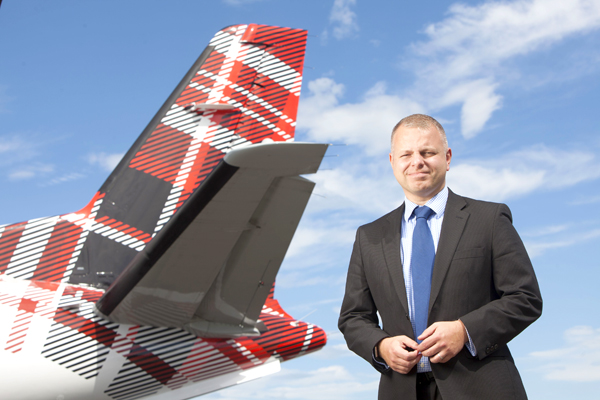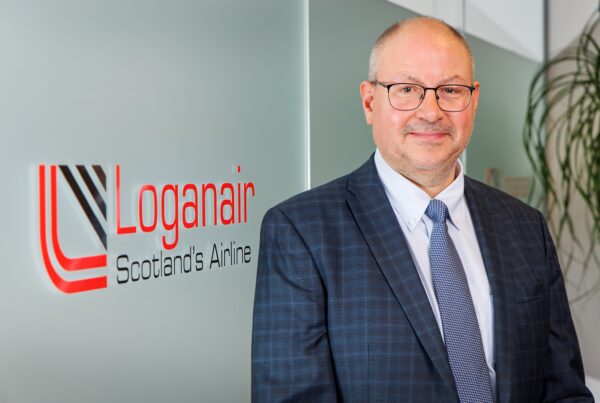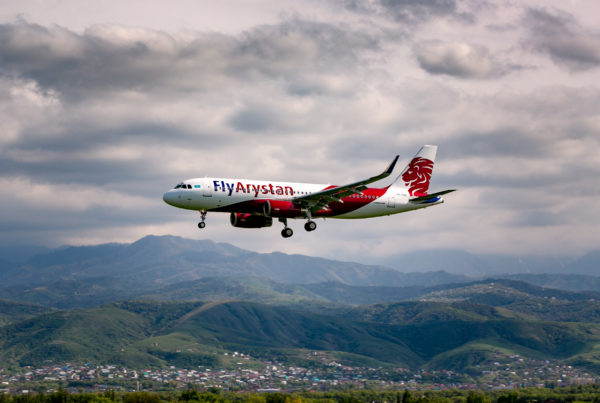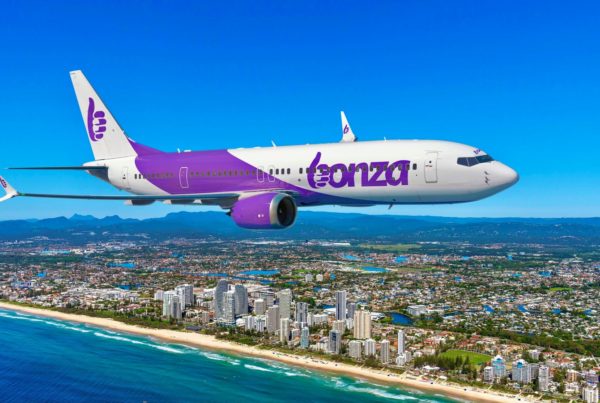At the European Regions Airline Association’s (ERA) General Assembly in October, Loganair scooped up the prestigious prize for ‘ERA Airline of the Year Award 2023’.
Described by its CEO, Jonathan Hinkles, as a “hugely encouraging” win for its team, the airline was praised for its performance in overcoming the challenges of the last two years and its progressive approach to delivering important environmental initiatives like its GreenSkies programme.
This resilience, however, is still to be tested.
Loganair’s dedication to serving remote communities with reliable services has so far withstood many challenges, particularly over the past two years, with Hinkles confirming to LARA that for the regional airline, right now, it’s all very much about consolidation.
“There’s certainly no huge expansion in the offing,” he said. “It’s very much steady as it goes.”
“I think anybody considering expansion right now is going to be looking at the support structure behind the aircraft fleet, with supply chain issues to landing gears, propellers and components. Supporting a big fleet growth is actually quite a risky thing to do.”
Whilst he admits that there’s “some capability” within the existing fleet to do a little more, with a couple of opportunities on the horizon, it’ll be “nothing that expands the size of the geographic box”.
Supply chain management
As for what 2024 may bring, as with many airlines, ensuring operational stability against the backdrop of ongoing supply chain issues is a top priority for Loganair.
Hinkles said: “We’re coping in the same way as everyone else. There’s an intense degree of frustration [around it]. When you look at landing gear issues and engine overhauls and the length of time it’s taking to get stuff to the shop – it’s crazy.”
This is all taking a toll on its fleet of standby aircraft, with the length of time for visits growing from eight hours to as long as eight days. Daily rolling maintenance updates are being issued, but Hinkles is still forthcoming about the difficulties it presents in reducing the carrier’s level of backup resilience.
ATR delays and Embraer upgrades
Furthermore, given ongoing landing gear issues, deliveries for the new ATR turboprops have been delayed. As such, the phasing out of its Saab 340B aircraft is not yet complete, with the first of the four replacement ATRs expected next month.
By the end of January 2024, Hinkles said he hopes that the last of the Saab’s will have left service.
“We don’t know what we don’t know in terms of what’s going to come out this – if the landing gear is going to come out of the workshops to allow the deliveries to happen on time,” he admitted. “But that’s the plan, with the 340s leaving in early 2024.”
However, for the longer haul aircraft in its fleet, the Embraer 145s, there’s some positive news. With a recent successful cabin and flight management system upgrade on its Embraer 145s finished, Loganair plans to hold onto these aircraft for several years.
The first of the E145 aircraft is due to be rolled out this week, with one aircraft entering service every month after that.
Despite all this, Hinkles is still maintaining a positive outlook about what the oncoming year will bring.
“It’s really all about the state of the economy and the wider state of customer travel demand. But there’s a reason to be cautiously optimistic is how you’d sum it up,” he said.
As such, with Loganair’s efforts to consolidate fleet and routes in historic and new markets and launch new projects to tackle non-CO2 emissions all underway, the regional airline is working harder than ever to knuckle down and face oncoming industry headwinds.
Hinkles neatly summarised his approach: “Pressing forward at a time when you’re not 100% certain about what the outcome will be? We owe the communities that have supported us over 60 years a lot more than that.”










